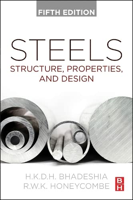
5th edition
published 2024
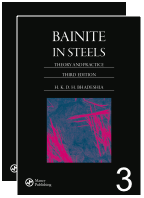
Free download
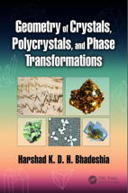
Free download
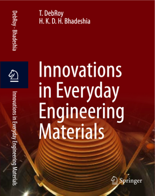
Available

Free download
Published 2021

Published, 2023

The microstructural and property changes accompanying the tempering of quenched low-alloy steels have been examined and correlated with the tempered martensite embrittlement (TME) phenomenon. TME was detected in an Fe-C-Mo steel and found to be controlled by the relatively coarser intralath cementite, rather than by the interlath cementite resulting from the decomposition of <2% retained austenite present as films between the martensite laths. In an Fe-C-V steel containing about 5% intralath retained austenite, TME was controlled by coarsening of the comparatively larger amount of interlath cementite resulting from thermal decomposition of the interlath retained austenite. In both cases fracture was translath, consistent with the crack nucleation role of cementite rather than that of providing an easy fracture path. In an Fe-C-Mn-Si steel containing negligible retained austenite and fine carbides TME was not found. Furthermore, embrittlement could not be associated with the transition from epsilon-carbide to cementite.
Metal Science, Vol. 13, 1979, pp. 325-334.
 5th edition published 2024 |
 Free download |
 Free download |
 Available |
 Free download Published 2021 |
 Published, 2023 |
 Published 2022 |
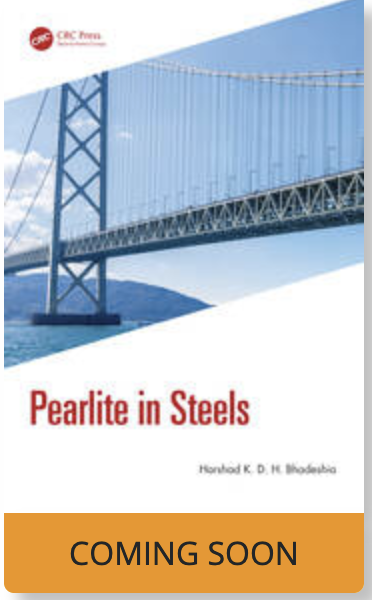 October 8th, 2024 |
| PT Group Home | Materials Algorithms |